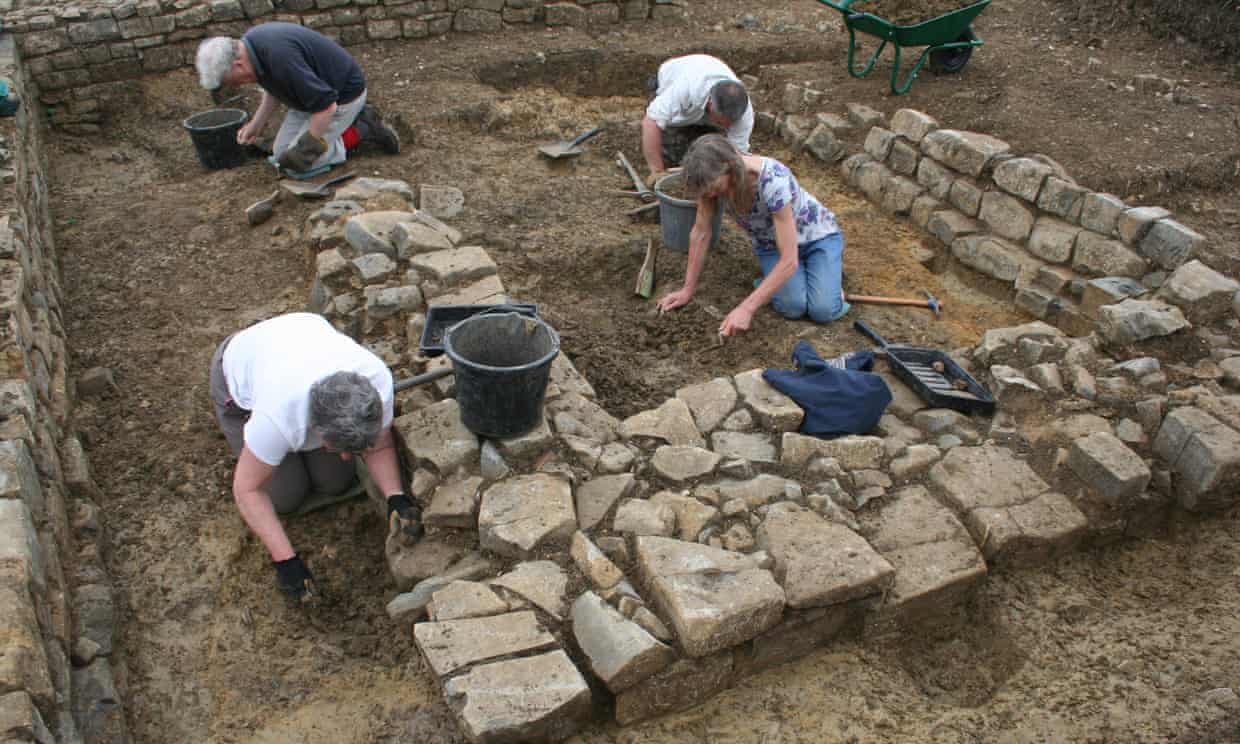When a female Norwegian Viking died some time during the 9th century, she was buried wearing a status symbol: a beautiful piece of bronze jewellery worn on her traditional Norse dress.
In the summer of 2016, 1200 years after her death, the piece of jewellery was found by chance at Agdenes farm, at the outermost part of the Trondheim Fjord in mid-Norway. The well-preserved object is an ornament with a bird figure that has fish- or dolphin-like patterns on both "wings."
The decorations suggest that the jewellery was made in a Celtic workshop, most likely in Ireland, in the 8th or 9th century. It was originally used as a fitting for a horse's harness, but holes at the bottom and traces of rust from a needle on the back show that it had probably been turned into a brooch at a later stage.




